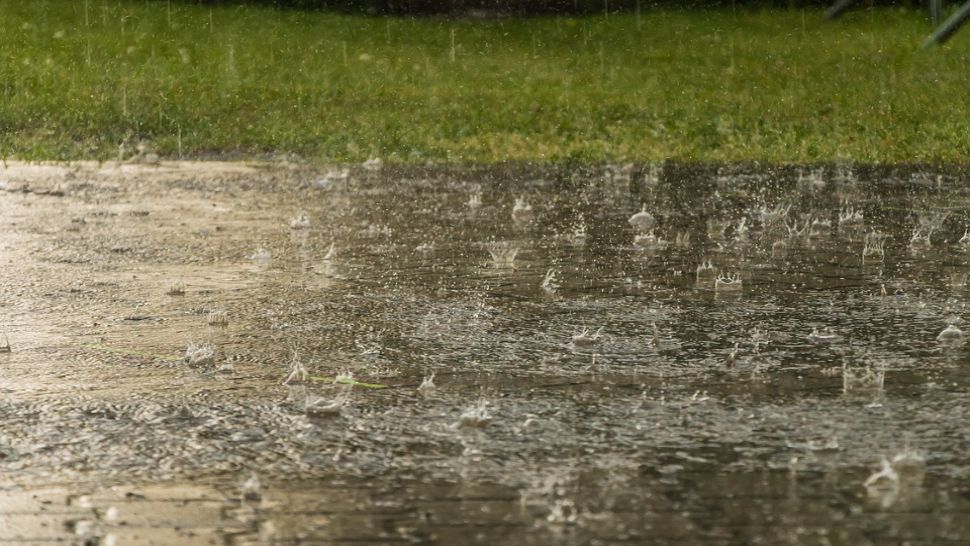A few weeks back, we received an email here at the station asking what “unsettled” means when a meteorologist uses the word.
So, I thought I’d take a quick moment to answer the question.
It’s a common word used by meteorologists far and wide across the country in areas of active weather.
I suppose you wouldn’t hear it used much if at all in places like San Diego or Los Angeles where the weather is nearly the same for months at a time. Even these areas will see periods of unsettled weather during the late fall and winter seasons.
The most basic meaning of unsettled, in weather lingo, is that the atmosphere is in a state of unrest, favorable for precipitation and/or strong winds.
Low-pressure systems at the surface and aloft are associated with unsettled weather.
We live in an area of the country where low-pressure systems frequently move through, bringing rain in the warmer months and snow in the colder months.
Occasionally, we also experience extended periods of quiet weather where high pressure is dominating the weather pattern. This type of weather is not called unsettled. The prevailing weather pattern in this set-up is stable.
Western New York is in the Jet Stream storm track frequently during the late fall, winter and spring. This set-up will usually bring a low-pressure system with precipitation and gusty winds through the region about every other day or every third day.
This is when you're most likely to hear a meteorologist use the term, "unsettled."
The atmosphere is always working to balance itself out. When it’s quiet here with a stable weather pattern, it’s going to be unsettled and active somewhere else.
To sum it up, “unsettled” weather in western New York will usually lasts for several days where the pattern is active with frequent bouts of precipitation, stronger winds, and up and down temperatures.





